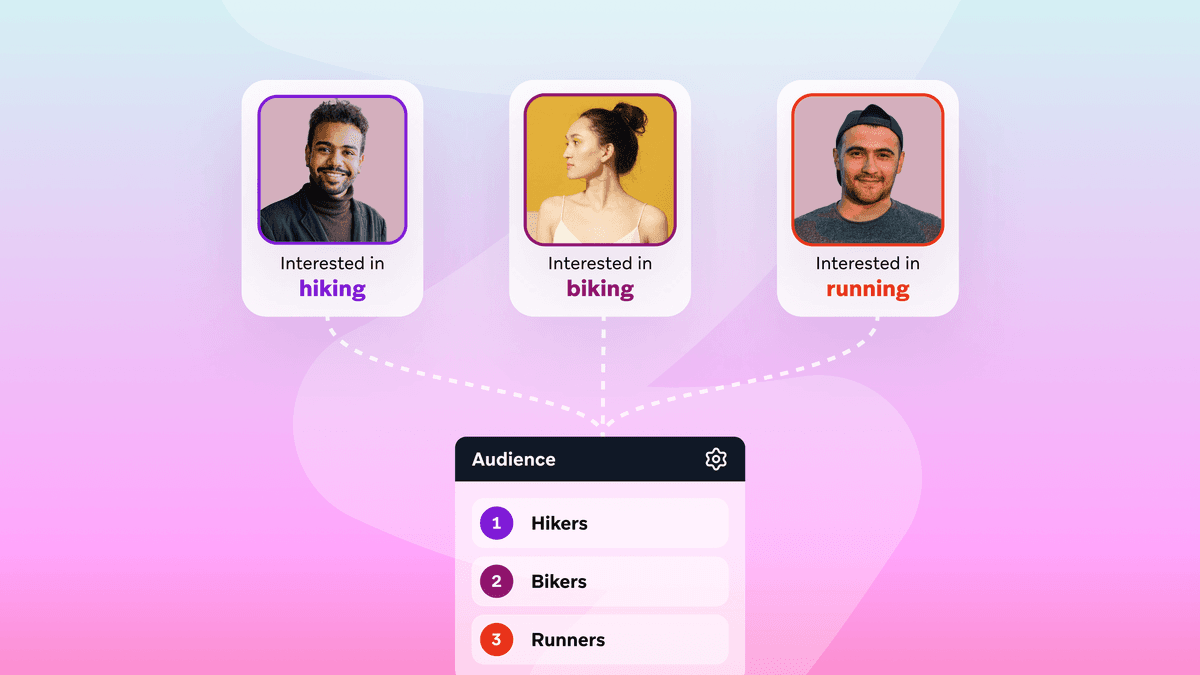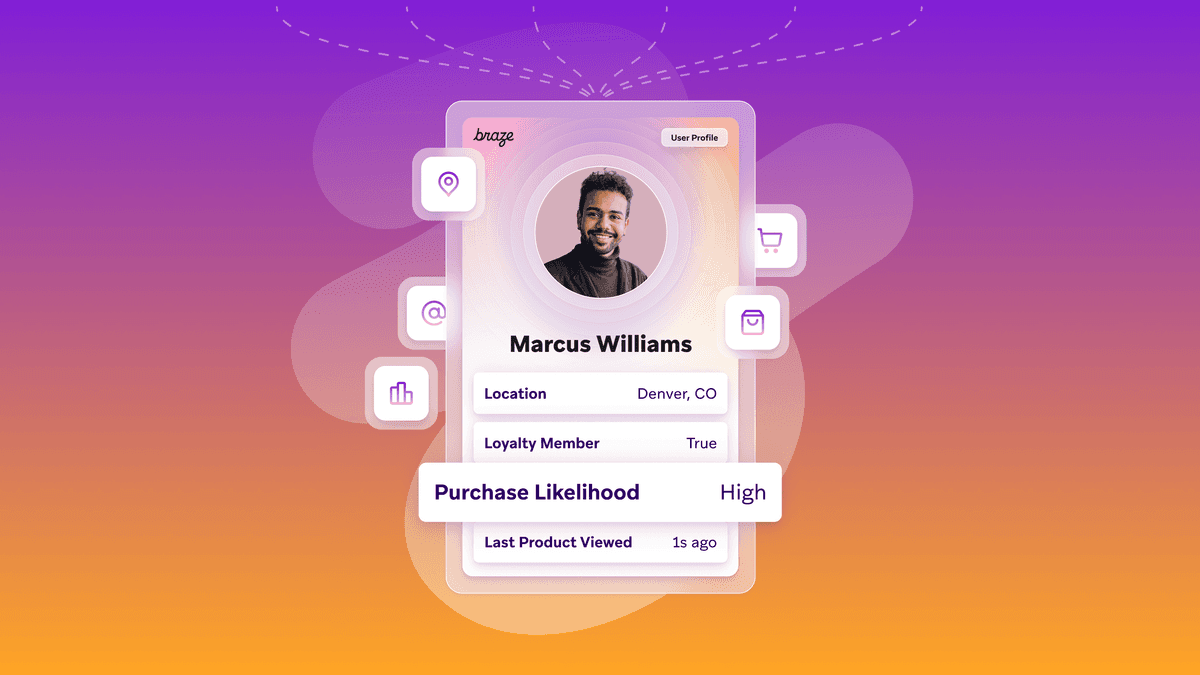Message Targeting Mishaps (and What to Do About Them)
Published on August 28, 2019/Last edited on August 28, 2019/3 min read


Diana Kim
Senior Product Manager at BrazeTo help marketing, growth, and engagement teams see their work from a new perspective, Braze has partnered with Tom Fishburne, CEO and founder of Marketoonist, for a 10-part series of marketing-themed comics.
Each week, we’ll share a Marketoon exploring a different aspect of the customer engagement landscape—and hear a thoughtful response from a Braze employee based on their own experiences and insights.

This week: Braze Product Manager Diana Kim on message-targeting mishaps.
Customer messaging is painful—for the people receiving these broken experiences, but also for the well-meaning marketers responsible for serving up failed campaigns. And like many people who’ve worked in the marketing space, I feel for everyone involved because I’ve been on both sides.
The Marketer’s POV
Back in a previous life as a marketer, my team was working to set up a co-marketed campaign with a large beverage brand. The idea was to trigger a push notification for all users at a nearby pro football stadium that would inform each recipient that they could get $2 off a beer purchase.
On the surface, it seemed perfect. Targeted. Relevant. Timely. But when I dug into the numbers a couple days after the push notifications went out, I was surprised to find that the campaign had only a small fraction of the sends that I’d anticipated. Later, I learned that our company’s internal geofence tool had rounded the latitude/longitude we were targeting to the second decimal place. So instead of targeting a stadium full of thirsty fans, we’d set up a geofence around a random house down the road—so only users driving past after the game actually got the push.
It was embarrassing, but we learned a valuable lesson: Always confirm and test before rolling out a campaign. As a marketer at a scrappy startup, it can be challenging to find the time and bandwidth amid all your competing priorities—but if you care about the customer experience you’re serving up, you’ll make the time to test and QA every campaign you build.
The Customer’s POV
Before a recent flight, I found myself running behind schedule and used my phone in the Uber on my way to the airport to verify my flight’s gate. But when I got through security and rushed to the gate, I found the display listing a totally different flight. Panicking a little, I ran over to the airport monitors to find my flight information...and discovered that the new gate was a full seven-minute walk away! So I grabbed my stuff and SPRINTED to the new gate, where I was the very last person they let on board before closing the cabin door. And as I settled in my seat, I received two messages from the airline—a push and a text—letting me know about the gate change.
That’s...not great.
Airlines need to leverage their engineering teams to ensure that their systems are able to scale and get data in real-time, or run the risk that they’re alienating fliers left and right. If they’d used Braze to trigger messages when flight changes occured and Connected Content to dynamically populate those changes into the messages as they sent in real time, the airline could have avoided these issues and stayed on my good side.
Be Absolutely Engaging.™
Sign up for regular updates from Braze.




